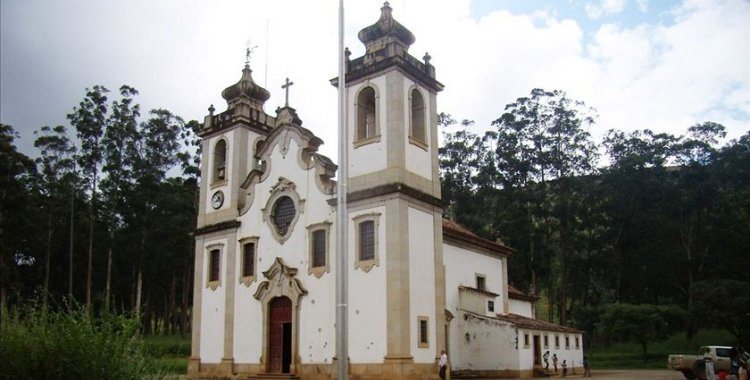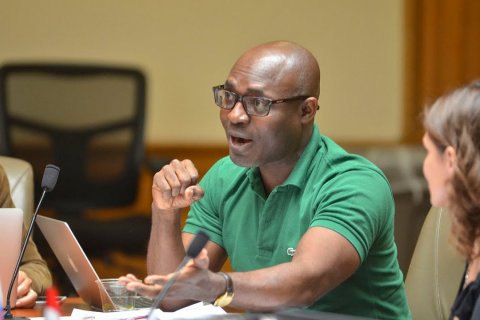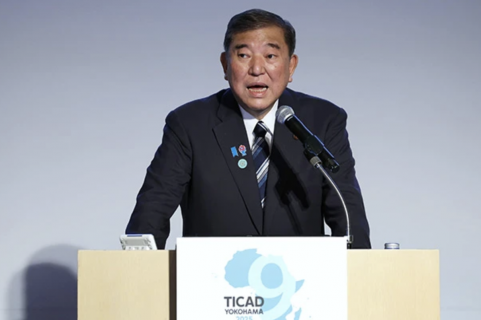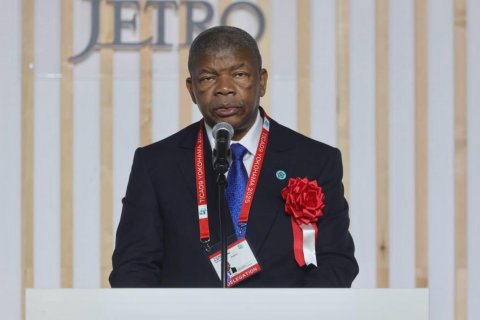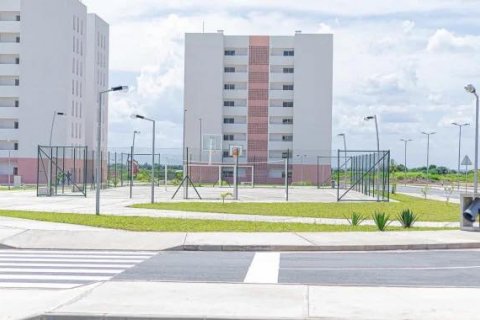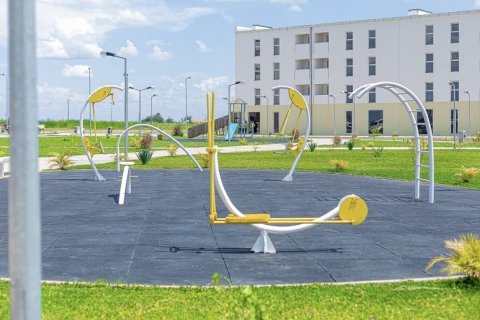The executive decree signed by the Minister of Culture, Tourism and Environment, Filipe Zau, highlights that the church, from the second half of the 20th century, is the "most beautiful piece of religious architecture of its time existing in Angola" and recognizes the need to promote its recognition as a singular construction.
The church is located in the municipality of Cela, in the province of Cuanza Sul, about 400 kilometers from the country's capital.
Cela was created as a settlement in 1952, having been developed to ensure agricultural and livestock farming, with rural populations coming from the metropolis.
In a historical note published on the Portuguese Heritage website (HPIP), of the Calouste Gulbenkian Foundation, the architect Maria Manuela Fonte, states that the settlement consisted of 15 villages.
They were called Santa Isabel, Monsanto, Gradil, Pena, Freixo, Santo António de Cavaleiros, Santiago de Adenhaga, Carrasqueira, Lardosa, Sé Nova, Montoito, Vimieiro (the dictator's birthplace), Melo, Alqueidão, São Mamede and were made up of houses of simple design, which reproduced models of the economic districts of the metropolis, also of a rural nature.
The settlement would be populated by three hundred and fifty families (about 3,000 inhabitants), of which half were from Trás‐os‐Montes and Alto Douro, and the rest from other parts of the country.
The Colonial Urbanization Office developed the project, the plans being signed by the architect Fernando Batalha in 1952.
The village of Santa Comba Dão, seat of the agrarian settlement, was the one that most stood out for its representativeness and size.
"Its design, of symmetrical composition with a large avenue in the center, where the various pieces of equipment are located, ends this route, along a gentle slope, in its mother church, a faithful copy of the original built in Portugal in Santa Comba Dão , land of Salazar", describes Maria Manuela Fonte.
In Santa Comba Dão there were buildings with various functions and programs, namely the Town Hall, dormitories for newly arrived settlers, workers' mess, market, hospital and inn, initially built to be a convent for nuns, but which was used as the Estalagem do Monte.

